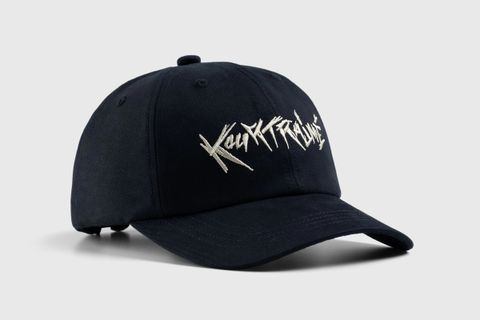Unravelling the Secrets of 15 Years of Boomtown Fair
Each summer, as August rolls around, the south of England undergoes a mystical transformation. Nestled away in Hampshire, the result of months of tireless work comes to life; Boomtown Fair, an experience unlike any other.
Fittingly described as “a world of unity, creativity, and freedom,” Boomtown invites over 60,000 people to let go of reality and venture into fantasy for five days.
This year, the festival breaks new ground in celebration of its 15th anniversary. Naturally, this means 2023 will be its biggest yet, diving deeper into the inter-woven narrative and theatrical experience that make Boomtown so unique.
Standard procedure for the festival is to keep its secrets close to its chest, with the full line-up revealed with weeks to spare before the festivities begin; this year is a little different, though, with the early announcement of the era-defining The Prodigy taking top billing, fulfilling the promise that the 15th year of Boomtown will be its biggest peak yet.
With six weeks to go until the 15th edition of Boomtown comes to life, we spoke to Co-Founder Luke Mitchell to uncover its secrets.
What are the biggest challenges in creating a production as big as Boomtown?
I think for any festival, one of the biggest challenges is the complexity of budgets and making them all work in harmony. With Boomtown, we have this added layer of complexity in things like storyline and theatre; that’s all reflected in the production design and changes every year. Our storyline and production are part of our lineup, so they really need to evolve year after year.
How long does it take to pull everything together to deliver the full show?
We have around 40 staff here at Boomtown HQ that work all year round, which slowly builds up throughout the year to about 200 in the Spring/early Summer, and then up to 10-12,000 crew that work on building the experience in the fields, which takes around six weeks to fully erect, including the infrastructure, sets, and scenery.
What’s the most fulfilling part of bringing Boomtown to life?
I think that because we don’t label ourselves into any specific musical genre, we appeal to a wide demographic. Seeing such a mix of people exploring the festival and discovering things they wouldn’t have before is really amazing.
On top of that, seeing people able to open up, be free and express their wild sides for five days is really special.
How has Boomtown evolved over the past 15 years?
This is always an interesting question; we simply started as a rave. We were just a bunch of punks and techno-heads trying to put on a party, there were about 1,000 people there, and we had no idea how to put a festival on from a professional perspective. What we did know was how to create an amazing, creative party experience.
Then it doubled in size every year. We had to learn as we went along and constantly, every year, redesign the organizational structure and how people were working together and communicating. There’s no doubt that we made some big mistakes along the way, but we learned and grew from them to a point where our operation is extremely mature.
Does keeping the line-up secret until the last stretch of the lead-up alleviate any of the pressures of booking acts?
Yes, to some extent. It means the artists can play an event near us without it affecting them and it gives us more freedom to be diverse in who we book.
With no lineup announcement until shortly before the show, we don’t necessarily need to book artists that sell tickets but artists that are perfect for Boomtown and who are inspirational in their own way. It gives us more creative freedom.
Is there anything you’re particularly proud of or passionate about this year?
So much. Last year was all about coming back together after two years off. Now, we’re perfecting everything right down to the finer details. The set scenery is more detailed, the theatre goes deeper, and the core message of The Twin Trail is inspiring.
We’re also working with some amazing people to build large-scale, inspirational, and transformative art, which we’ve never really touched on in Boomtown’s design.
Are there any details you can share about this year’s chapter?
The main details for Chapter Two are exploring or allowing us to look deeper within ourselves with a view of allowing parts that we hide away to come out and be expressed and seen so that we can become more connected to our whole selves, each other, and the environment around us.
It’s about the teaching of the Twin Trail, which is a teaching from an elder, Mac McCartney, who looks at the festival at a top level to make sure we’re staying true to our values. He challenges us and asks questions about certain directions that help us keep on the path of truth and authenticity.
What does the next 15 years of Boomtown look like?
Over the next 15 years, we want to evolve and perfect what we do best. We’re working hard on becoming a circular festival by 2026 while ensuring we keep having the most exciting celebration possible and inspiring millions to create a better world.
I think it’s important to say that festivals have this phenomenal capacity to inspire change, which I struggle to see many other platforms able to do. The excitement of going to a festival, being free, and meeting new people is such an incredible thing, and we just want to continue creating these beautiful moments.


